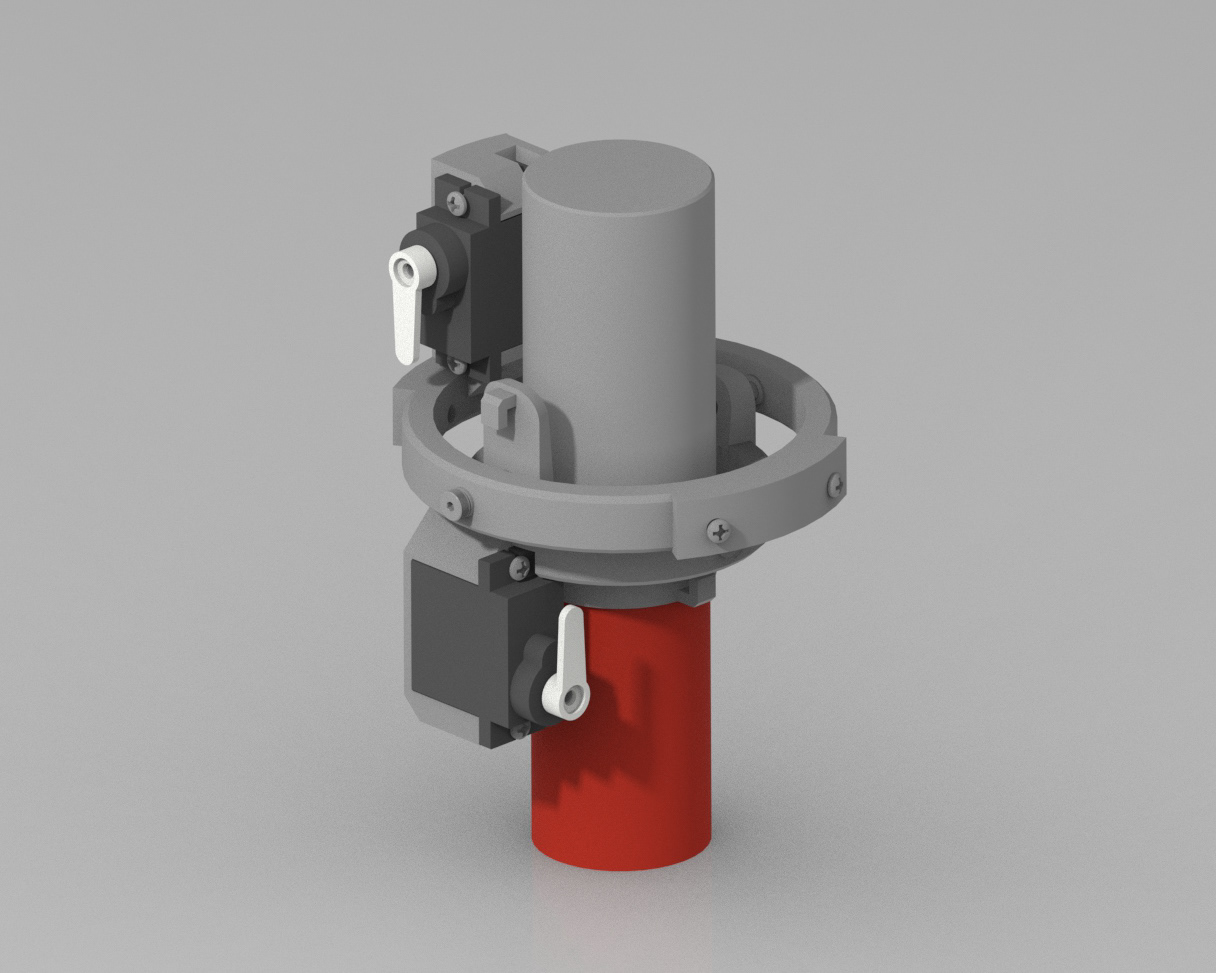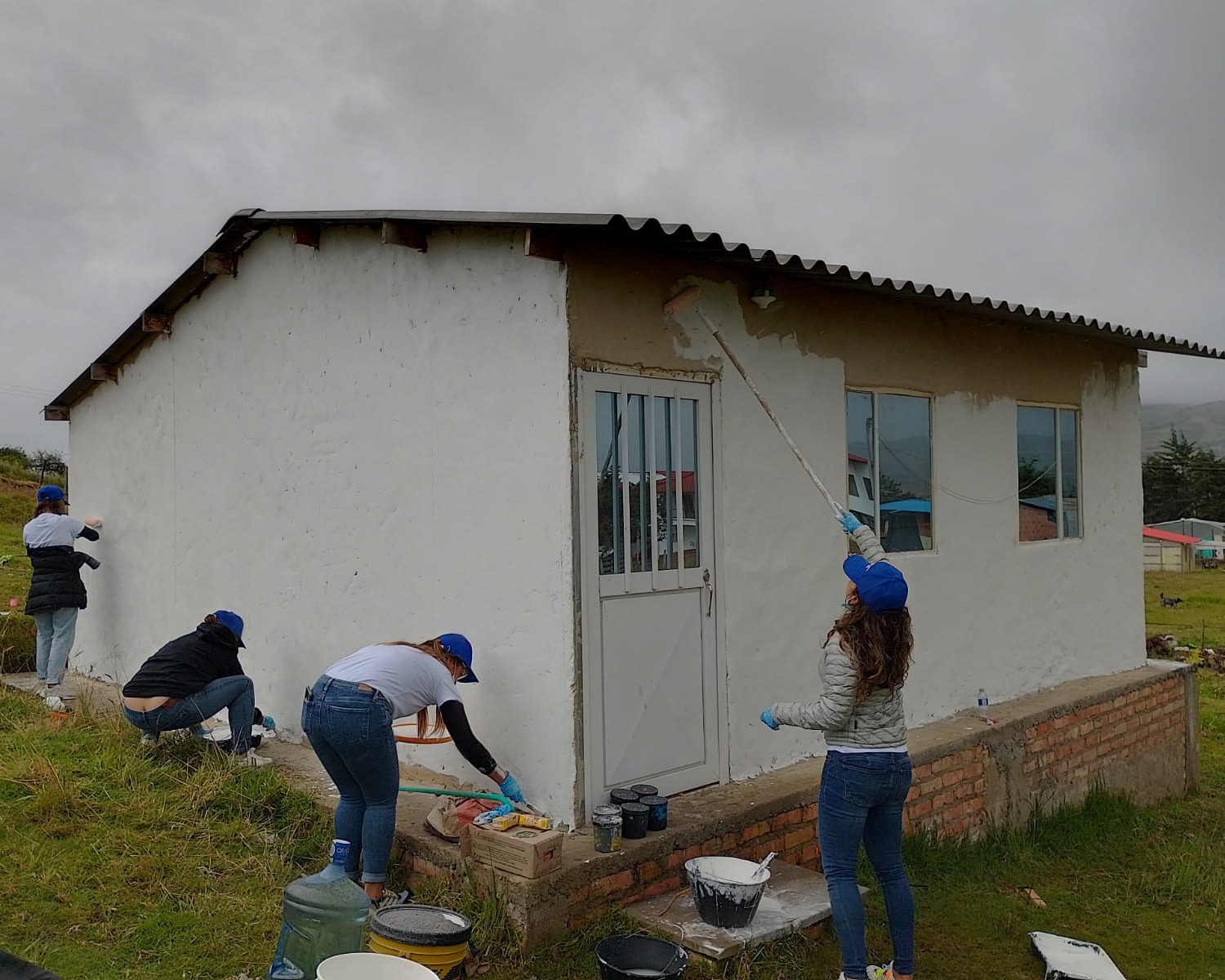The aim of this project is to build a simple, low-cost, and portable ground station that can be used by the TigerSats Lab for satellite communication in the VHF and UHF bands. This ground station will act as a stepping stone for future expansion of the lab’s satellite communication capabilities. The focus will be on developing a custom tracking rotator for a Yagi directional antenna and integrating necessary software and hardware to receive and decode satellite signals
Initial Setup Using MaxIQ Kit:
The project will begin by setting up a pre-existing TinyGS ground station using the MaxIQ kit, which includes all necessary hardware and software for a basic satellite ground station. This will serve as a baseline and has already been completed.
Setup of the Ground Station Hardware:
The main antenna will be a Yagi directional antenna. it will be assembled and integrated using additional required hardware components, including a low noise amplifier (LNA) and an SDR (Software Defined Radio) dongle for signal reception. An eggbeater omnidirectional antenna will also be used to explore a long-term solution for continuous satellite communication. This antenna has the advantage of receiving signals without requiring a tracking mechanism, making it ideal for long-duration setups or where low maintenance is required.
Software Integration and Signal Processing:
SDR# and relevant plugins are used to demodulate and decode the received satellite signals into usable data. This stage involves overcoming technical challenges in signal processing, such as transforming raw signals into packets and understanding RF communications.
Antenna Reverse-Engineering and DIY Design:
The project will also explore the possibility of reverse-engineering either the Yagi directional antenna or the eggbeater omnidirectional antenna. The goal will be to design a more affordable, DIY version of one of these antennas. This design will draw on resources such as the AMSAT textbook examples, the Sandy Antunes book, and other relevant materials. The successful development of a cost-efficient, DIY antenna would provide a valuable contribution to the CubeSat and amateur radio communities, where budget constraints often limit access to commercial products.







